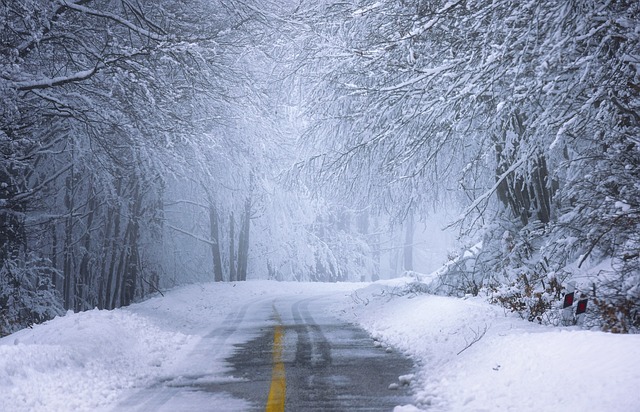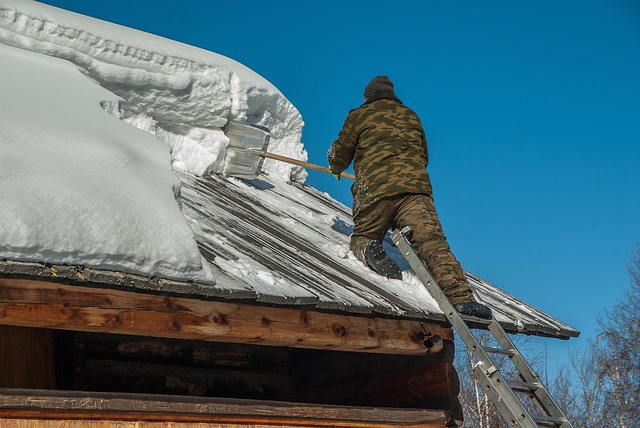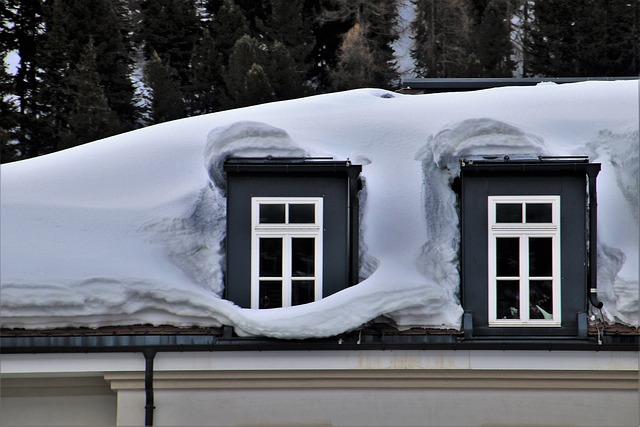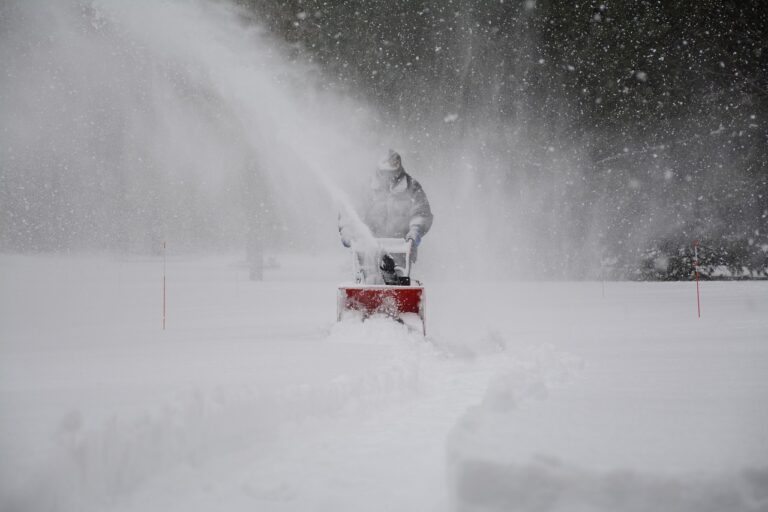Expert Tips to Prevent Slips and Falls from Ice on Your Driveway and Sidewalk in Rochester Mn
When winter blankets Minnesota with snow and ice, the risk of slips and falls on your driveway and sidewalk becomes all too real. In our state, where winter is a way of life, knowing how to prevent these accidents is crucial. In this article, we’ll share uncommon and expert advice to help you keep your paths safe, even during the harshest winters.
Understanding the Risk
Before we dive into prevention methods, it’s essential to understand why ice makes driveways and sidewalks hazardous. When temperatures drop, snow and water on the ground can freeze, forming a layer of ice. This invisible threat is responsible for countless injuries each year. To protect your family and visitors, let’s explore the most effective strategies to prevent slips and falls.
Know the Ice: Types and Characteristics
Ice is not just ice; it comes in various forms, each with unique characteristics. Understanding these distinctions can help you take targeted preventive measures.
| Type of Ice | Characteristics |
|---|---|
| Black Ice | Thin, transparent, and nearly invisible ice that forms on surfaces, making it extremely dangerous. |
| Packed Snow | Compacted snow can become as slippery as ice when compressed by foot traffic or vehicles. |
| Glare Ice | Shiny, glossy ice that is often the result of freezing rain, making it exceptionally slippery. |
| Snow and Ice Mix | A combination of snow and ice, which can create uneven surfaces, increasing the risk of tripping. |
Knowing the types of ice you’re dealing with can inform your approach to prevention.
Choosing the Right De-icing Method
An essential aspect of preventing slips and falls on your driveway and sidewalk is choosing the right de-icing method. Here are some options:
| De-icing Method | Pros | Cons |
|---|---|---|
| Rock Salt | Effective in melting ice at temperatures above 15°F (-9°C) | Can damage concrete, plants, and metal surfaces. |
| Calcium Chloride | Works in extremely low temperatures (-25°F or -32°C) | Slightly more expensive than rock salt. |
| Sanding | Provides traction on icy surfaces | Does not melt ice, but helps prevent slipping. |
| Potassium Chloride | Less harmful to plants and the environment | Less effective in extremely cold temperatures. |
Select the most suitable de-icing method based on the prevailing weather conditions and the surfaces you’re treating.
Efficient Snow Removal
Clearing snow promptly is crucial to preventing ice buildup on your driveway and sidewalk. Consider the following tips for efficient snow removal:
| Tip | Description |
|---|---|
| Shovel Regularly | Remove snow as soon as possible after each snowfall to prevent it from turning into ice. |
| Use a Snow Blower | For larger areas, a snow blower can save time and effort while effectively removing snow. |
| Clear Pathways | Focus on walkways and high-traffic areas, ensuring safe passage for yourself and others. |
Preventing Ice Formation
Preventing ice formation is often more effective than dealing with it once it has already formed. Here’s how to do it:
| Method | Description |
|---|---|
| Pre-treatment | Apply a liquid de-icer before a snowstorm to create a barrier, making it easier to remove ice and snow later. |
| Insulation | Install heated cables or mats on your driveway and sidewalk to melt snow and ice as it falls. |
| Snow Melt Systems | Consider a snow melt system that circulates warm water beneath your surfaces to prevent ice formation. |
These proactive measures can significantly reduce the need for de-icing and snow removal.
Maintaining Safe Walking Surfaces
Ensuring the safety of your driveway and sidewalk goes beyond immediate winter preparations. Regular maintenance is key to preventing accidents throughout the season.
Repair and Replace Damaged Surfaces
Inspect your driveway and sidewalk for cracks, uneven surfaces, and other damage. Repair or replace any problematic areas to maintain a smooth, safe walking surface.
Install Handrails and Grab Bars
Consider adding handrails and grab bars along your walkways, especially if you have steep inclines or stairs. These provide additional support and stability during icy conditions.
Adequate Lighting
Proper lighting is essential during the winter months when it gets dark early. Install motion-activated or well-placed lighting to illuminate your pathways and reduce the risk of tripping.
Anti-slip Mats and Treads
Place anti-slip mats and treads on your steps and other potential hazard spots. These provide extra grip and minimize the chances of slipping.
Snow and Ice Removal Safety
Finally, as you implement these prevention measures, it’s vital to stay safe while removing snow and ice.
Seek Professional Help
If the winter weather is particularly severe or you are unable to manage snow and ice removal, consider hiring a professional service to do the job safely and effectively.
In conclusion, preventing slips and falls from ice on your driveway and sidewalk in Minnesota requires a combination of proactive measures, informed decision-making, and regular maintenance. By understanding the characteristics of ice, choosing the right de-icing method, and following the safety tips provided, you can keep your pathways safe during even the coldest of winters. Stay prepared, stay safe, and enjoy the beauty of winter in Minnesota without worry.




